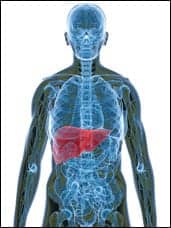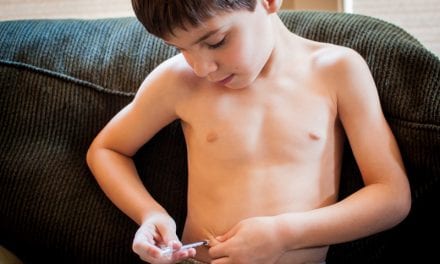A new study assessed the bedtime preferences (sleep chronotypes) of people with type 2 diabetes, and identified a connection between bedtimes and healthy, active lifestyles.
Conducted by the University of Leicester and the University of South Australia, the study found that night owls (people who went to late and got up late, or evening chronotypes) were associated with an excessively sedentary lifestyle characterized by low levels and low intensities of physical activity—and that this is putting their health at greater risk.
Lead researcher Joseph Henson, PhD, from the University of Leicester says understanding how people’s sleep time preferences can impact their level of physical activity could help people with type 2 diabetes better manage their health.
[RELATED: Night Owls Can “Retrain” Their Body Clocks to Improve Well-being]
“There is a massive need for large-scale interventions to help people with diabetes initiate, maintain, and achieve the benefits of an active lifestyle,” Henson says in a release. “For people who prefer to go to bed later and get up later, this is even more important, with our research showing that night owls exercise 56% less than their early bird counterparts.
“Exercise plays an important role for people with diabetes, helping maintain a healthy weight and blood pressure, as well as reducing the risk of heart disease—all significant factors for improving diabetes management. This makes understanding the factors that can mitigate a person’s propensity to exercise, extremely important.”
Published in BMJ Open Diabetes Research & Care, the study examined 635 patients with type 2 diabetes, each wearing an accelerometer for seven days to record the intensity and time of different physical behaviors: sleep, rest, and overall physical activity.
The study found 25% of participants had morning chronotypes (a preference to go to be early and get up early, with an average bedtime of 22:52); 23% had evening chronotypes (a preference to go to bed late and get up late, with an average bedtime of 00:36); and 52% said they had neither.
UniSA’s Alex Rowlands, PhD, says the study provides a unique insight into behaviors of people with type 2 diabetes. “The links between later sleep times and physical activity is clear: go to bed late and you’re less likely to be active,” Rowlands says in a release.
“As sleep chronotypes are potentially modifiable, these findings provide an opportunity to change your lifestyle for the better, simply by adjusting your bedtime. For someone with diabetes, this is valuable information that could help get them back on a path to good health.”
Photo 196030345 © Ratmaner – Dreamstime.com




